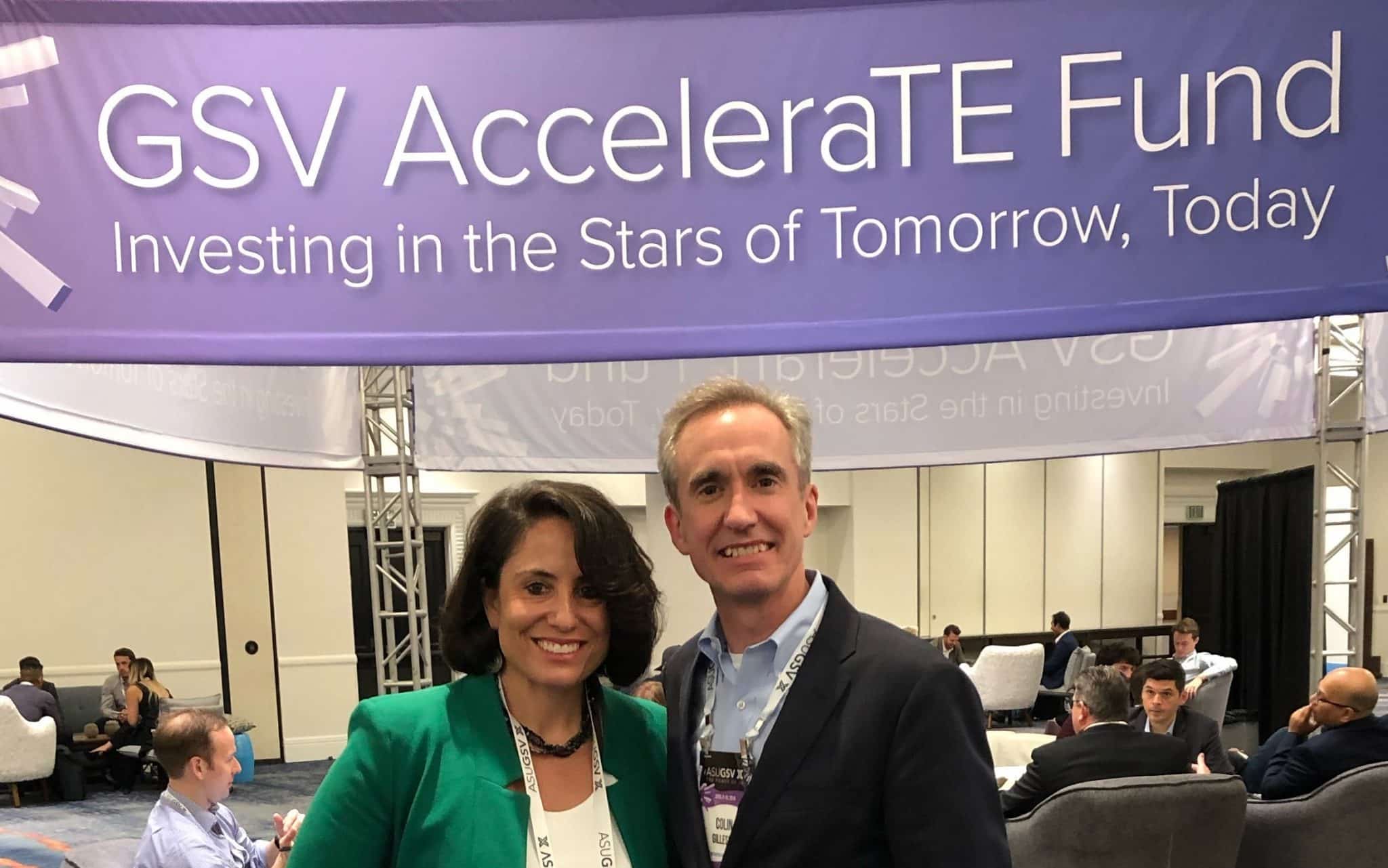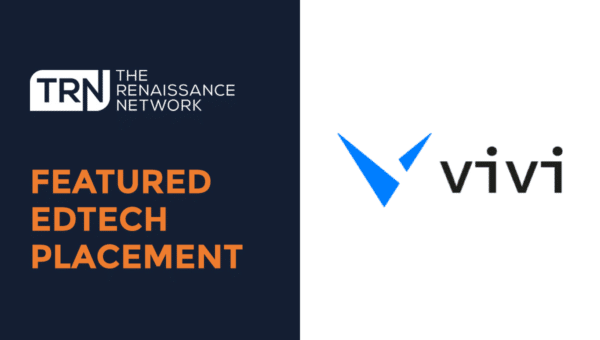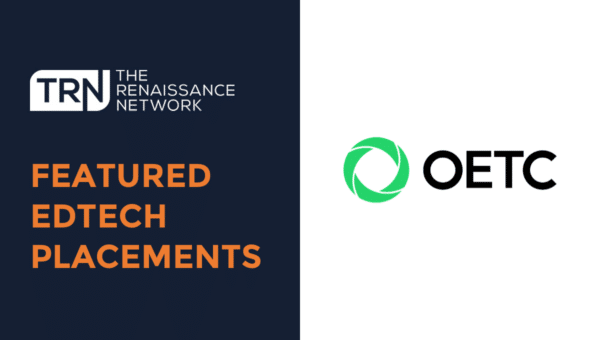
Following the event, I sat down with our CEO Lisa Sacchetti and COO Colin Gillespie to discuss their thoughts on the event.
What were some broad trends you noticed at ASU GSV?
Colin Gillespie (CG): Clearly, digital solutions for teachers and students are no longer confined to housing data and providing assessments; the firms at ASU GSV are reaching beyond traditional ERP solutions or LMS into the leading edge of tech. No surprise, there was a prevalence of AI and machine learning across many education solutions presented by CEOs at the conference.
These entrepreneurs are looking to augment core curriculum offerings with innovative and engaging supplemental solutions. We saw a lot of flanking ideas, especially relating to language, coding and other key skills that are challenging what is traditionally taught within the school walls and empowering students. Also, educational institutions, especially in higher ed, are reimagining themselves and becoming ed-tech solution providers in their own right.
These new core solutions and supplemental materials will require a different skill set selling into education customers. Sales, marketing, and service teams will be faced with new objections as they challenge the traditional classroom learning environment.
Lisa Sacchetti (LS): Globalization has been a trend for a while, but there are a growing number of companies (of various sizes) that are reaching global educators and learners. We had several discussions around hiring global talent ranging from identifying optimal locations to determining the correct macro company culture (global vs. local).
Still, the US is the largest market and a lot is going on here. For example, in K-12, established firms are well aware of the complexities, while new players soon realize it’s 50 states, 14,000 districts and that’s how the buying happens. For those organizations ready to enter, the “10,000” hours of understanding the complexity of the US Education System has made finding talent in the revenue and demand producing roles highly competitive, but a clear priority for sustained growth.
From the conversations, you had at ASU GSV, what is top of mind regarding Ed Tech workforce plans?
CG: I noted that as Ed Tech organizations prove out their product/service offerings and confirm funding, many firms are looking to set up their key commercial roles including business development and marketing. Leaders have their essential value proposition and innovative solution, but scaling is a critical challenge, so they are focusing on sales and branding needs that were not apparent early on.
Further, I saw a blending of what non-profits and for-profit education Ed Tech companies look like. Commercial education solution providers are emphasizing impact while non-profits are reflecting a heightened business acumen. This convergence has created demand for individuals with both purpose commitment and a growth mindset.
LS: A recurring trend relating to the workforce at the summit was a lack of exceptional talent required to hit their growth and funding goals. We continuously discuss companies experiencing initial growth who are unable to sustain the same rate due to a shortfall of talent.
Expert knowledge of the Ed Tech industry coupled with experience executing district deals topped many hiring managers’ wishlists. In my opinion, the primary reason why Ed Tech companies are experiencing a talent shortfall is that the industry has not been around for that long. As a result, many Education professionals are transferring over from the publishing world and frequently that type of selling experience doesn’t always translate well.
The growth of Ed Tech combined with the lack of specific experience has forced companies to explore other industries for talent, and teach them the world of Ed Tech. For example, we may see a CRO or Head of sales coming from a SaaS-based company, rather than an Education company; in the foreseeable future, this will be how some companies are getting around a lack of talent.
What would someone from outside Ed Tech bring to the industry?
LS: They would have an established commercial mindset… and a sense of speed and urgency that may not always be apparent among Ed Tech teams. Their commercial sales methodology and processes may be more practiced from selling. For example, SaaS to healthcare or finance, and this could be applied to Ed Tech.
A caveat to bringing in talent from outside Ed Tech is that person’s mindset relating to business development. At an enterprise level, Ed Tech can experience a slower sales cycle compared with other industries, which can frustrate some individuals. It is essential when interviewing a candidate with little industry experience that you establish one’s motive, ideally a passion for education, coupled with their commercial mindset.
Confirming a candidate’s passion makes it easier to create an authentic connection to the opportunity. The combination of cutting-edge technology and Education makes an exciting proposition for talent from other industries.


